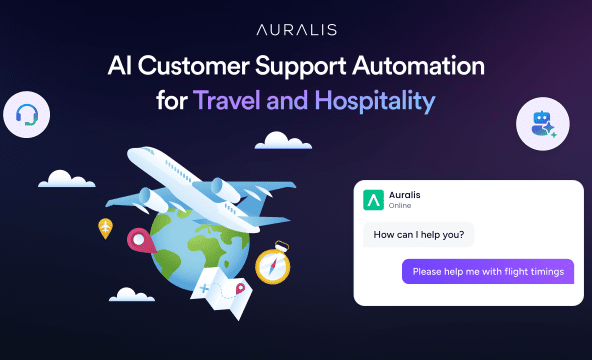Multilingual Chatbots
Multilingual chatbots are advanced AI-driven tools designed to support customers across different languages, ensuring seamless communication and improved customer service in a globalized environment. By integrating natural language processing (NLP) capabilities, multilingual chatbots can understand, interpret, and respond to queries in various languages, providing businesses with the ability to engage with customers worldwide without the barriers posed by language differences.
One of the primary advantages of multilingual chatbots is their ability to enhance customer experience. Customers can communicate in their preferred language, leading to faster, more accurate responses and a higher level of satisfaction. This is especially important for businesses operating in multiple regions, where customers may not be fluent in the primary language of the company’s customer service team. By breaking down language barriers, multilingual chatbots help in delivering personalized, localized interactions that resonate with customers, fostering trust and brand loyalty.
Additionally, multilingual chatbots can handle real-time support for global customer bases. For instance, a customer in Spain can receive assistance in Spanish, while a customer in Japan can be assisted in Japanese. This functionality significantly reduces the wait time and need for human intervention, allowing businesses to provide 24/7 support across different time zones. This reduces the workload on human agents, who can focus on more complex issues, while the chatbot handles routine inquiries, such as order tracking, product details, or FAQ responses.
For businesses looking to expand internationally, multilingual chatbots offer an efficient and scalable solution. They enable companies to provide consistent, high-quality service across multiple languages without having to hire a large team of multilingual support agents. These chatbots can easily switch between languages, ensuring that all customer inquiries are addressed promptly, irrespective of their language preferences.
Furthermore, language localization plays a significant role in the effectiveness of multilingual chatbots. Beyond simple translation, these chatbots often include culturally relevant references and phrasing, ensuring that responses are appropriate and align with the customer’s cultural context. This attention to detail makes interactions more natural and enhances the overall customer experience, making customers feel understood and valued.
In conclusion, multilingual chatbots are a powerful tool for businesses aiming to provide exceptional customer service globally. By offering support in various languages, businesses can improve customer satisfaction, reduce operational costs, and extend their reach to new markets, all while maintaining efficiency and consistency in their customer service operations.

- Articles
-
 Amy
Amy
- 9 min read
